When and How to Clean and Disinfect Your Home
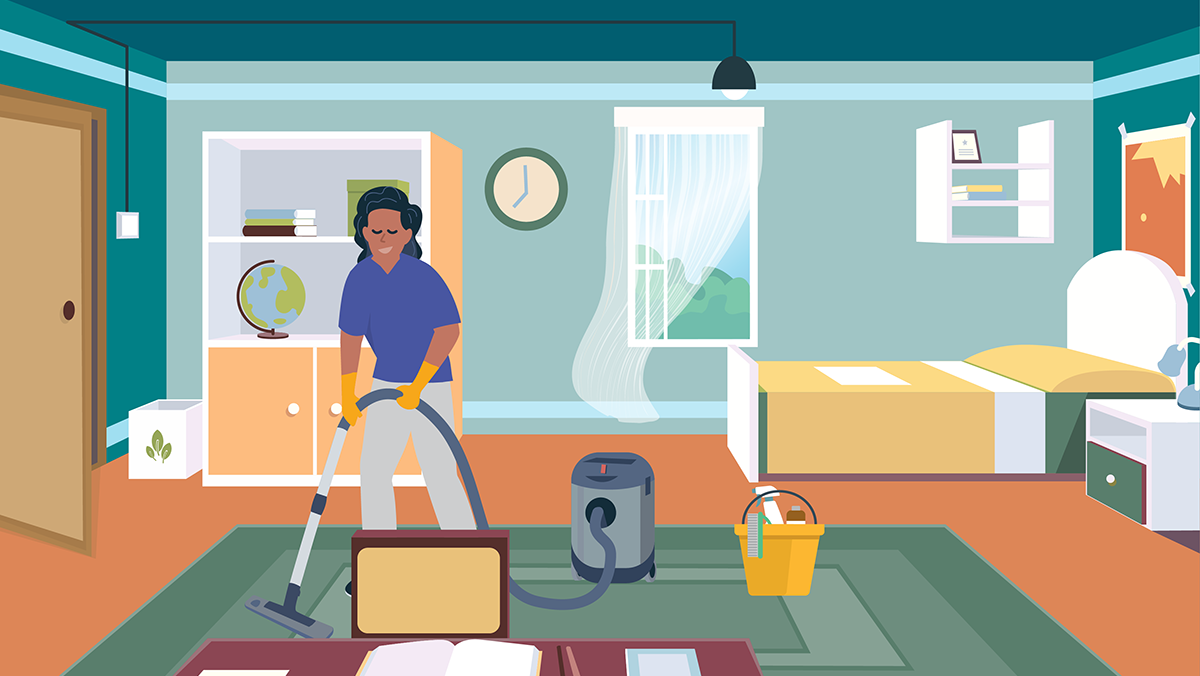
Cleaning is an important first step to make sure you remove most germs from surfaces in your home. Using household cleaners that contain soap or detergent will remove germs and dirt on surfaces. Cleaning alone removes most harmful viruses or bacteria from surfaces. Surfaces should be cleaned before they are sanitized or disinfected because impurities like dirt may make it harder for chemicals to get to and kill germs.
Sanitizing reduces the remaining germs on surfaces after cleaning.
Disinfecting can kill viruses and bacteria that remain on surfaces after cleaning. By killing germs on a surface after cleaning, disinfecting can further lower the risk of spreading germs that can cause illness. For everyday cleaning, you probably do not need to sanitize or disinfect unless someone in your home is sick or someone sick has recently visited.
Remember to clean first, and then sanitize or disinfect if needed.
When to clean surfaces in your home
- Clean high-touch surfaces (for example, light switches, doorknobs, and countertops) regularly and after you have visitors in your home.
- Clean other surfaces in your home when they are visibly dirty or as needed. Clean them more often if people in your household are more likely to get sick, such as young children and people with weakened immune systems. You may also choose to disinfect.
- Clean surfaces using a product suitable for each surface, following instructions on the product label.
How to safely clean various surfaces
In most situations, cleaning regularly is enough to prevent the spread of germs. Follow these tips to safely clean different surfaces in your home:
For hard surfaces, such as counters, certain toys, light switches, and floors:
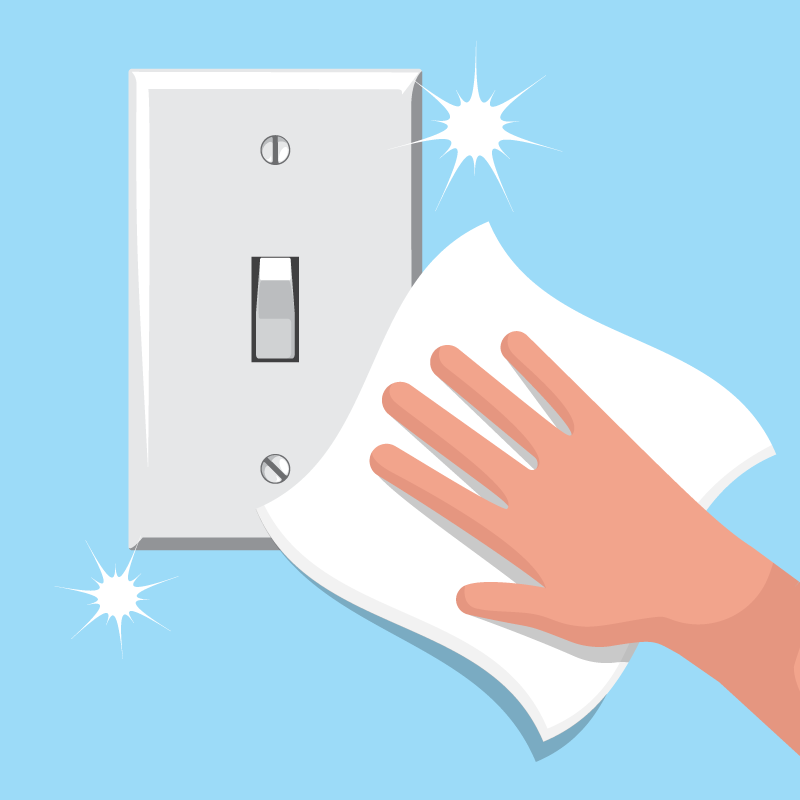
- Clean surfaces with soap and water or with cleaning products appropriate for use on the surface.
For soft surfaces such as carpet, rugs, and drapes:
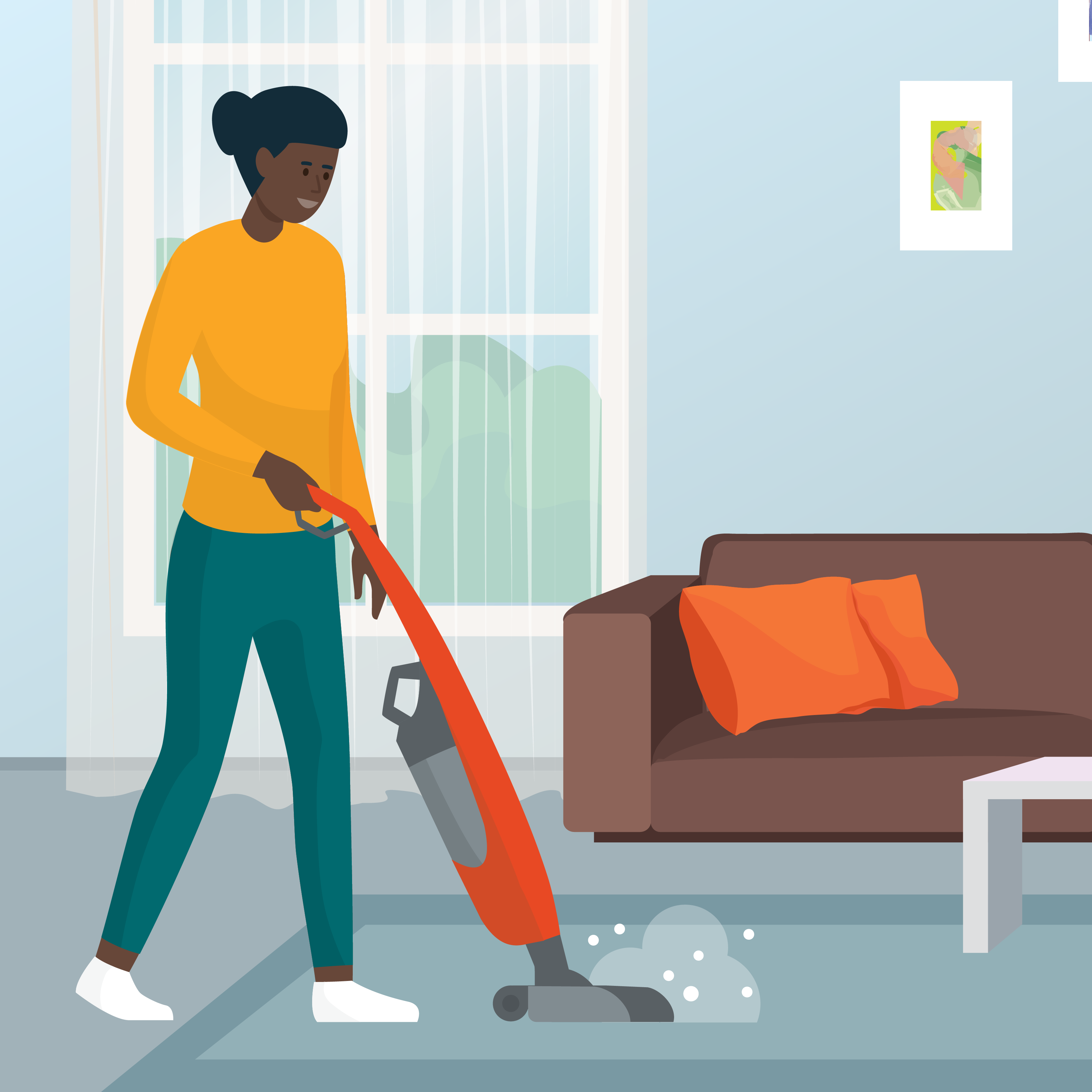
- Clean the surface with cleaning products appropriate for use on these surfaces.
- Launder items (if possible) according to the manufacturer's instructions. Use the warmest appropriate water setting and dry items completely.
- Vacuum surfaces (such as carpets and rugs) and dispose of the dirt safely.
For laundry items, such as clothing, towels, cloth toys, and linens:
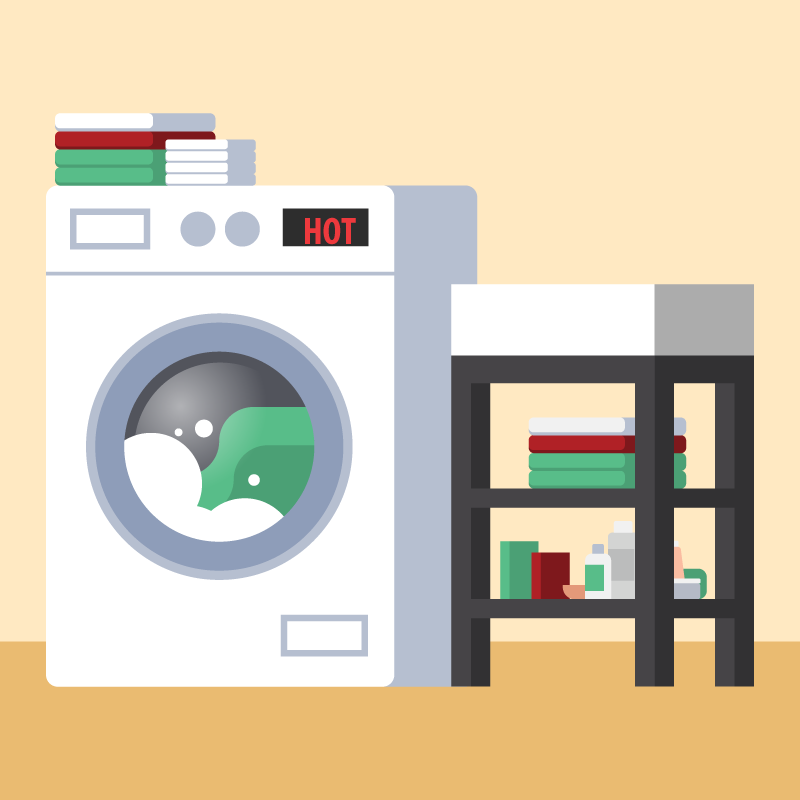
- Launder using detergent and recommended water temperature.
- Dry items completely.
- It is safe to wash dirty laundry from a person who is sick with other people's items.
- Clean clothes hamper or laundry baskets according to guidance for surfaces.
- Wash hands after handling dirty laundry.
For electronics, such as phones, tablets, touch screens, keyboards, and remote controls:

- Consider putting a wipeable cover on electronics, which makes cleaning and disinfecting easier.
- Follow manufacturer's instructions and recommendations for cleaning.
Fact
Keeping your hands clean is one of the main ways that you can keep germs from spreading in your home. Learn more.
Sanitizing
When to sanitize in your home
Some surfaces and objects in your home may need to be sanitized after they are cleaned.
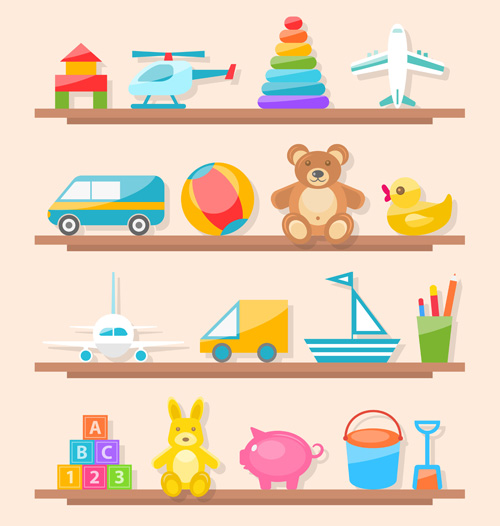
- Sanitize food contact surfaces after a natural disaster (such as flooding) or emergency.
- You may want to sanitize the inside of your refrigerator if you have a recalled food item.
- Sanitize surfaces using a product suitable for each surface, following instructions on the product label.
How to Sanitize Safely
Daily sanitizing may not be necessary if surfaces and objects are cleaned carefully after use. To sanitize a surface or object, use a weaker bleach solution or an EPA-registered sanitizing product.
For nonporous objects, such as certain toys and infant feeding items:
- Sanitize items by either boiling, steaming, or using a weaker bleach solution. Check with the item's manufacturer about which method to use. A dishwasher with a sanitizing cycle can be used for some items.
- After sanitizing, place items on a clean, unused dish towel or paper towel and allow to air dry thoroughly before storing or using.
- Do not use a dish towel to rub or pat items dry because doing so may transfer germs to the items.
For hard surfaces, such as kitchen counters and food preparation areas:
- Clean countertops with hot, soapy water.
- Then sanitize any surface that has touched or been contaminated by raw meat, poultry, or their juices, including the inner sink , using a homemade bleach solution or sanitizing products.
For more information on food safety, please visit CDC's Food Safety page.
Disinfecting
When to disinfect
In addition to cleaning, disinfect your home when someone is sick or if someone is at a higher risk of getting sick due to a weakened immune system (for example, people being treated with immune-suppressing drugs for cancer, organ transplants, or other illnesses, or people with HIV or genetic conditions that affect the immune system).
How to disinfect safely
To disinfect, use an EPA-registered disinfecting product or a stronger bleach solution. Clean the surface with soap and water first.
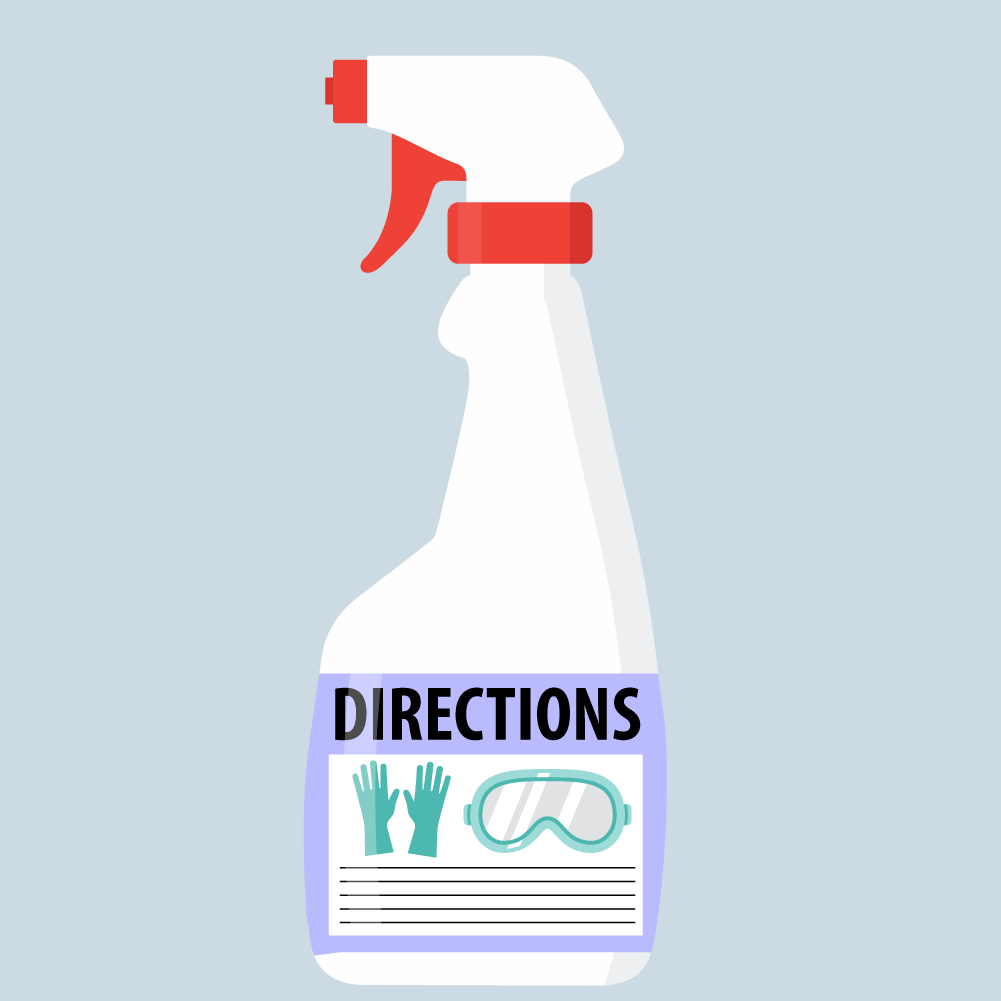
Follow these important safety guidelines when using chemical disinfectants:
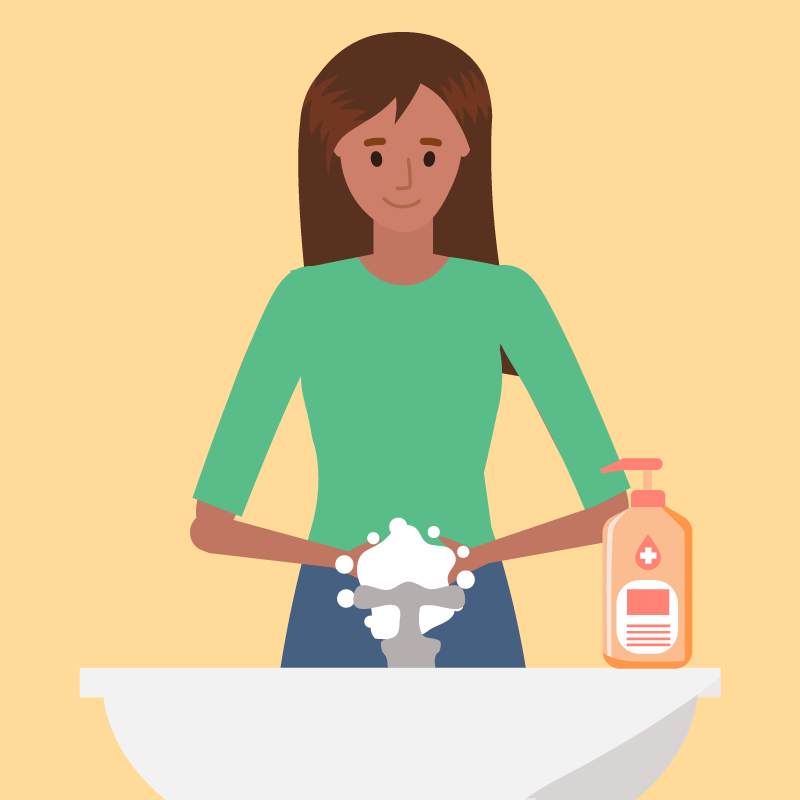
- Always read and follow the directions on the label of disinfecting products to ensure safe and effective use and safe disposal.
- Wear the recommended protective equipment (for example, gloves or goggles) to protect your skin and eyes from potential splashes.
- Leave the disinfectant on the surface long enough to kill the germs. This is called the contact time. You can find the contact time in the directions. The surface should stay wet during the entire contact time to make sure germs are killed.
- Ensure good ventilation if using products indoors (for example, use a fan or open windows and doors to allow fresh air to enter).
- If the directions tell you to dilute the product with water, use water at room temperature (unless the label says otherwise). Label diluted cleaning or disinfectant solutions.
- Store and use chemicals out of the reach of children and pets.
- Do not mix products or chemicals with each other.
- Do not eat, drink, breathe, or inject disinfection products into your body or apply directly to your skin. These products can cause serious harm.
- Do not wipe or bathe pets with any disinfection products.
If ready-to-use disinfectants are not available, you can use bleach solutions for many hard surfaces. Bleach solutions will be effective against bacteria, viruses, and fungi when properly diluted. Learn more about cleaning and disinfecting surfaces using bleach solutions.
Caution!
Some cleaning and disinfection products can trigger asthma. Learn more about reducing your chance of an asthma attack while disinfecting.









